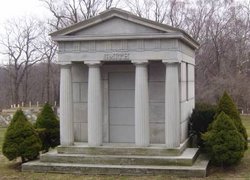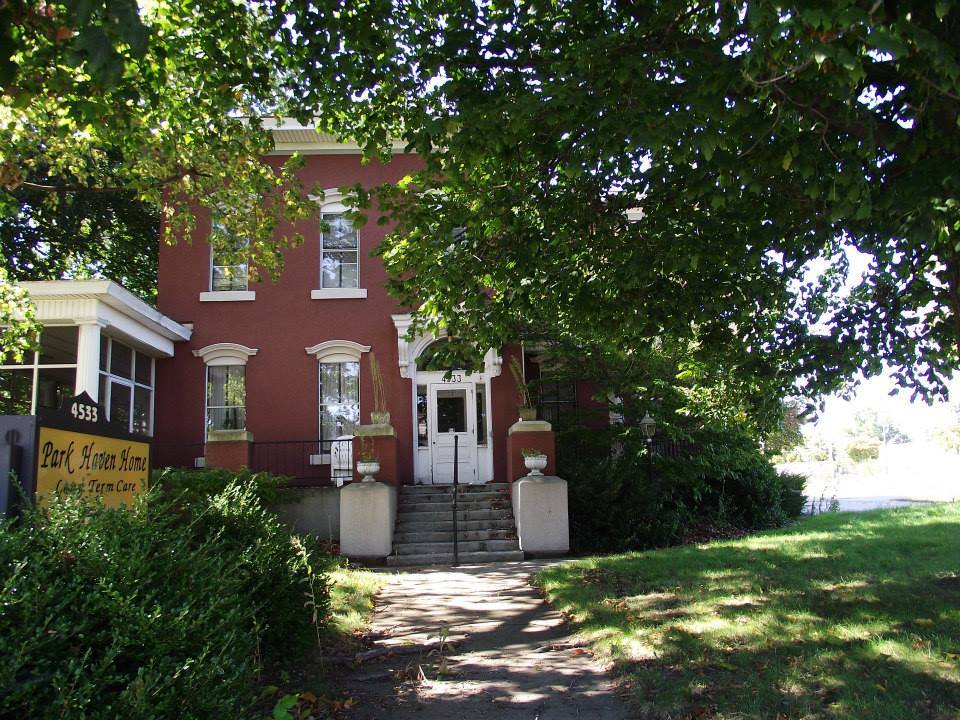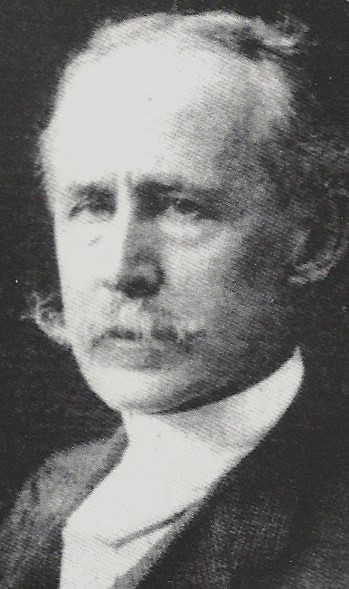He was President of the Committee which had the monument for the unrecognized dead of the Bridge Disaster of 1876 erected at Chestnut Grove Cemetery. He also had the Soldiers and Sailors of the Civil War monument, which sits at Main Avenue and West 44th Street in Ashtabula, erected. He owned the land on which the current First United Methodist Church sits, which was at one time known as the Gilmore Smith Methodist Episcopal Church in honor of his grandfather and mother. He also owned the land on which Ashtabula County Medical Center was built. When he died he had his home, to which an addition had been added and had been turned into the James Hotel, converted to the James L. Smith Home for Aged Women and left the bulk of his estate for the upkeep of the facilty, also in honor of his mother. Smith Field was leased to the City of Ashtabula free of charge under a 99 year lease for use as a public park.
His contributions and accomplishments have earned his being mentioned in various publications. He has been mentioned in publications and on web pages about the Bridge Disaster due to his involvement with getting the aforementioned monument erected. He is also mentioned in the book "Creating a Healthier Community: The Story of Ashtabula County Medical Center" by Michele Kenny Lehman, which includes pictures of James L. Smith, the monument at Chestnut Grove, and the Courtyard dedicated in memory of him, and provides an anecdotal story about his frugality. There is also a booklet that is over 60 pages long on the Smith Estate History published in 1995 by Gazette Publishing that is out of print and has limited availability.
As James L. Smith was unmarried and had no children, his legacy has only lived on through his lasting contributions, which are seen by the citizens of the City on a daily basis, often unbeknownst to most of us who exactly was behind those contributions.
He was President of the Committee which had the monument for the unrecognized dead of the Bridge Disaster of 1876 erected at Chestnut Grove Cemetery. He also had the Soldiers and Sailors of the Civil War monument, which sits at Main Avenue and West 44th Street in Ashtabula, erected. He owned the land on which the current First United Methodist Church sits, which was at one time known as the Gilmore Smith Methodist Episcopal Church in honor of his grandfather and mother. He also owned the land on which Ashtabula County Medical Center was built. When he died he had his home, to which an addition had been added and had been turned into the James Hotel, converted to the James L. Smith Home for Aged Women and left the bulk of his estate for the upkeep of the facilty, also in honor of his mother. Smith Field was leased to the City of Ashtabula free of charge under a 99 year lease for use as a public park.
His contributions and accomplishments have earned his being mentioned in various publications. He has been mentioned in publications and on web pages about the Bridge Disaster due to his involvement with getting the aforementioned monument erected. He is also mentioned in the book "Creating a Healthier Community: The Story of Ashtabula County Medical Center" by Michele Kenny Lehman, which includes pictures of James L. Smith, the monument at Chestnut Grove, and the Courtyard dedicated in memory of him, and provides an anecdotal story about his frugality. There is also a booklet that is over 60 pages long on the Smith Estate History published in 1995 by Gazette Publishing that is out of print and has limited availability.
As James L. Smith was unmarried and had no children, his legacy has only lived on through his lasting contributions, which are seen by the citizens of the City on a daily basis, often unbeknownst to most of us who exactly was behind those contributions.
Gravesite Details
According to sexton, there are two people buried here. All he has is their names, and death dates.
Family Members
Sponsored by Ancestry
Advertisement
Explore more
Sponsored by Ancestry
Advertisement









